Give No Pest a Chance in Your Home!
Great products for Pest Control!
Shop with usBest Sellers
-
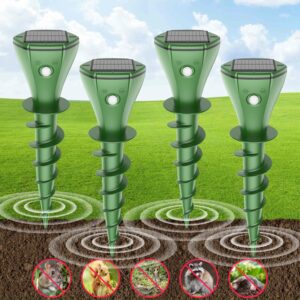
Waterproof Solar Mole & Gopher Repellent for Rat, Squirrel, Skunk, Mole
$47.99 Buy Now -
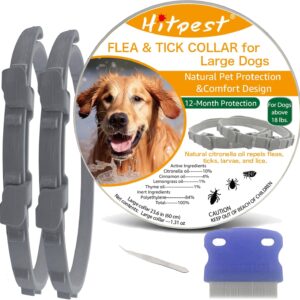
Flea & Tick Collar for Large Dogs+ Free Comb & Tweezers (2‑Pack)
$14.49 Buy Now -
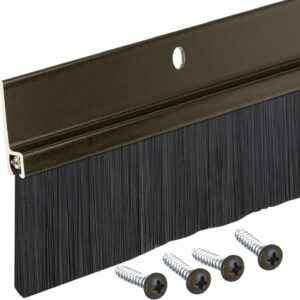
Brush Sweep Door Sweep, 3 ft Aluminum Brown Trim with 1½″ Brush
$29.99 Buy Now -
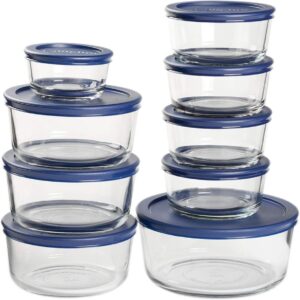
Anchor Hocking SnugFit 18‑Piece Glass Storage Containers with Lids
$42.99 Buy Now -
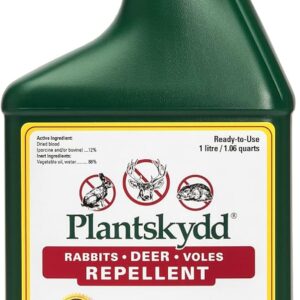
Plantskydd Animal Repellent Spray 32 oz RTU | Organic Deer and Rabbit Defense
$25.95 Buy Now -
Sale!
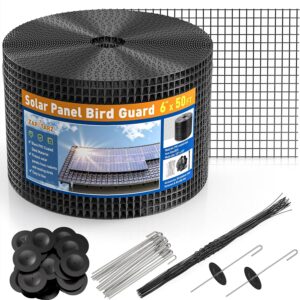
Solar Panel Bird Guard 6″ x 50ft Mesh Kit, PVC-Coated Critter Guard with 50 Fasteners
$28.99Original price was: $28.99.$25.99Current price is: $25.99. Buy Now -
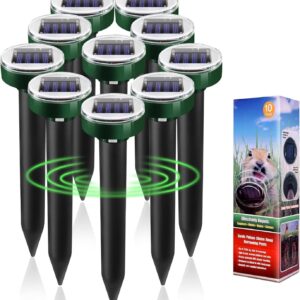
10 Pack Solar Snake & Rodent Deterrent Stakes for Yard & Garden
$27.99 Buy Now -
Sale!
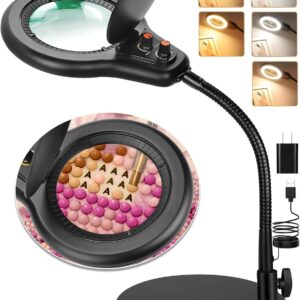
10X LED Magnifying Glass with Stand & Adjustable Gooseneck
$43.99Original price was: $43.99.$39.99Current price is: $39.99. Buy Now
Recent Additions
-
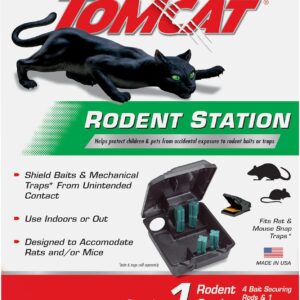
Tomcat Rodent Station, Lockable Indoor and Outdoor Bait Box for Rats and Mice
$13.99 Buy Now -
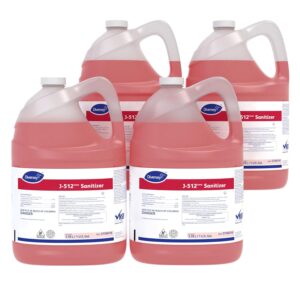
Diversey J-512 TM/MC Sanitizer, 1-Gallon, 4/Case
$134.90 Buy Now -
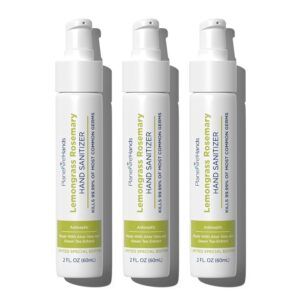
Lemongrass Rosemary Lotion Hand Sanitizer, Travel Size 3-Pack
$23.99 Buy Now -
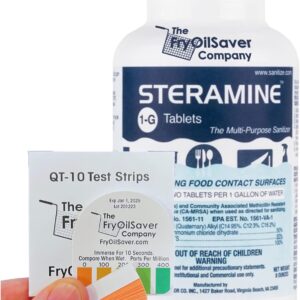
Steramine Sanitizer Tablets with QT-10 Test Strips, 150 Count
$12.95 Buy Now -
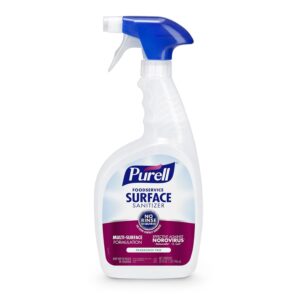
PURELL GOJ334112 Foodservice Surface Sanitizer Spray, 32 oz
$14.79 Buy Now -
Sale!

Magnifying Glass with Light and Stand, 10X and 5X Clamp Lamp
$35.97Original price was: $35.97.$34.15Current price is: $34.15. Buy Now -
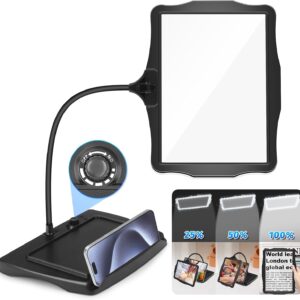
5X Rechargeable Magnifying Desk Lamp with Hands-Free Page Magnifier
$34.95 Buy Now -
Sale!

10X Hands Free Rechargeable Magnifier with Light, 5.2 Inch Lens, 36 LEDs
$29.99Original price was: $29.99.$23.99Current price is: $23.99. Buy Now